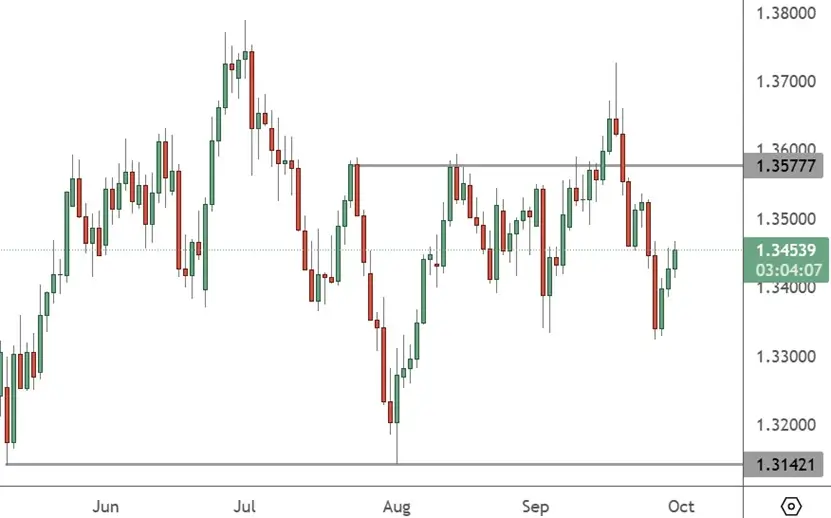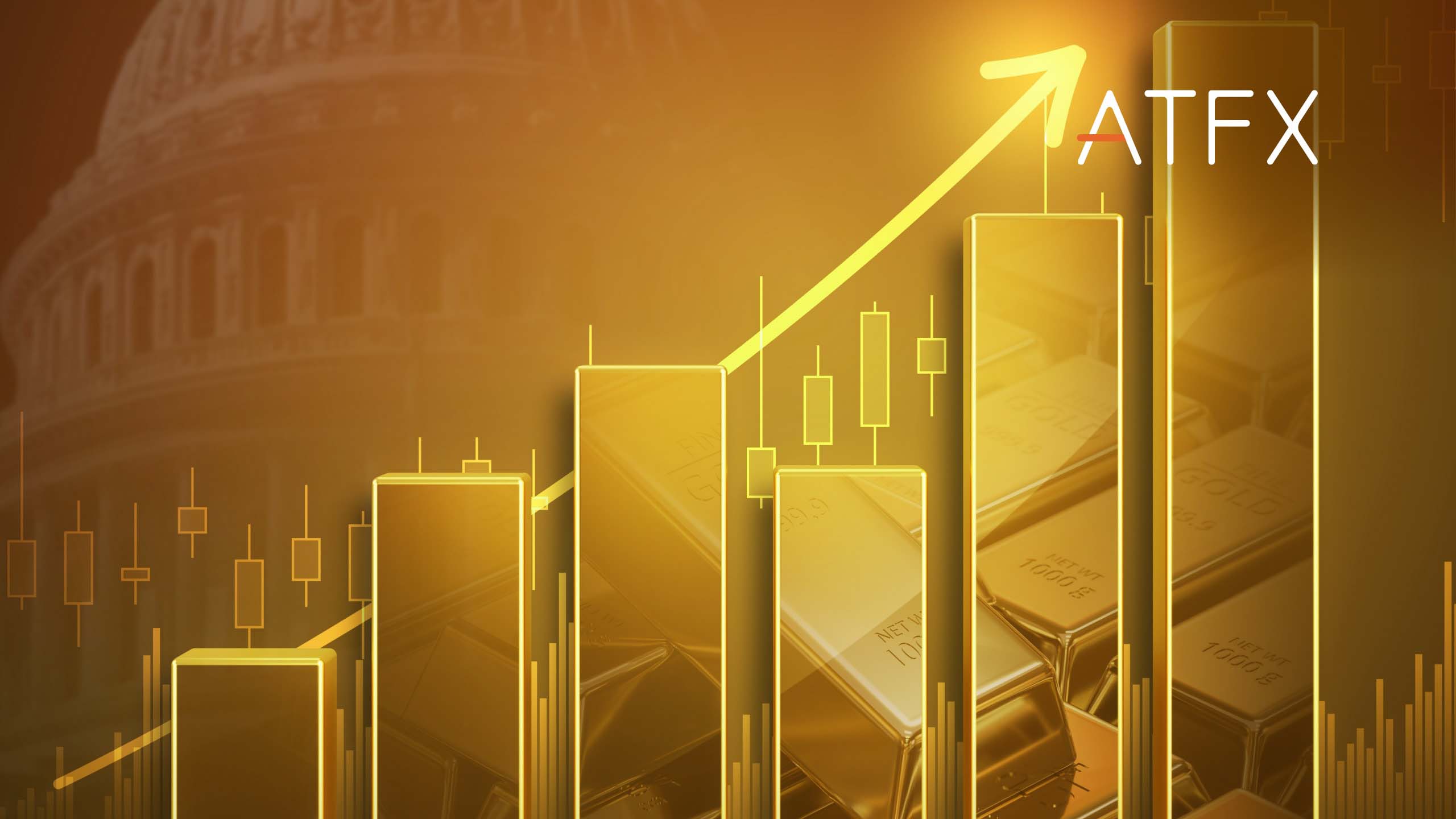The GBPUSD exchange rate has dropped back into a recent range, and despite a three day bounce, bearishness may return.

GBPUSD – Daily Chart
The GBP/USD has seen gains for three days after a sharp slowdown, and the 1.3500 level will be a test. The first support level is at the 1.3330 level, which was tested twice in September.
The British pound was higher despite Bank of England Deputy Governor, Sarah Breeden, saying on Tuesday that the recent “bump” in inflation is unlikely to lead to further, long-term inflationary pressures. However, she did add that consumer inflation expectations have risen dramatically.
“The significant rise in household inflation expectations since the recent lows in 2024 has given me some pause for thought,” she said. “If expectations were to continue to rise with further increases in food prices, this could be a cause for concern”.
The U.S. economy also faces its own issues, with recent job market weakness leading to consumer confidence hitting a five-month low.
“Consumer confidence continued to slide in September. If you are struggling to square survey-based measures of lost swagger with still solid hard data on consumer spending, it helps to think of consumer psyche in the context of lost momentum in the labor market,” analysts at Wells Fargo said.
They added that the U.S. jobs market was “going nowhere” as job openings and additions are running along at expected levels.
Britain’s economy was shown to have slowed in the second quarter of 2025 after a strong start to the year. That was another headache for the country’s chancellor as she prepares for November’s annual budget.
British GDP growth slowed to 0.3% in the second quarter, from 0.7% in the first three months of the year, unchanged from initial estimates. The U.S. economy is still in better shape than the UK’s, and that can help the USD advance versus the GDP.
Markets have punished the dollar for the Fed’s expected rate cuts, but that outlook has changed slightly in recent days.


